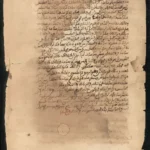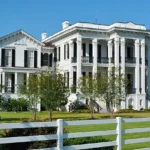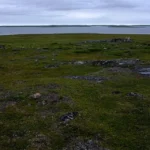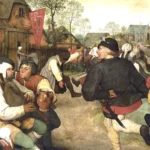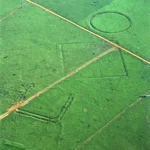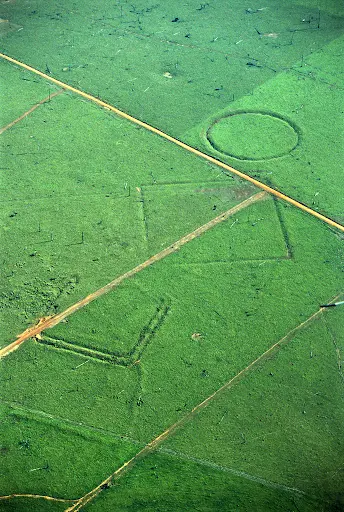
Lost Kingdoms of the Amazon: Archaeology’s Forbidden Sites
Uncovering Ancient Amazonian Civilizations
For decades, the Amazon Basin was portrayed as a pristine wilderness—but beneath its canopy lie the remnants of vast earth‑built communities. From circular geoglyphs in Acre to fortified mound villages spanning hundreds of kilometers, recent archaeological surveys are rewriting the story of pre‑Columbian South America Archaeology Wiki.
Geoglyphs and Mounds: Earth’s Lost Blueprints
Since the 1970s, over 450 geometric earthworks—circles, squares, octagons up to 300 m across—have emerged in deforested areas of western Brazil. More than 1 550 geoglyphs and 83 mound‑villages are now catalogued, revealing complex social landscapes where earth was moved on a monumental scale jqjacobs.net. These structures, carved from tropical soils, hint at ritual centers, territorial boundaries, or astronomical alignments.
Forbidden by the Jungle: Why They Remained Hidden
Dense rainforest growth and shifting river courses buried these sites for centuries. Eurocentric models long assumed only sparse, nomadic groups inhabited the Amazon, but LIDAR and satellite imagery have pierced the foliage, exposing sophisticated earth‑working cultures that once supported high populations between AD 1250–1500 Nature.
Modern Discoveries: LIDAR and Satellite Revelations
- Satellite Surveys: False‑color images reveal deforestation corridors outlining circular enclosures in deep orange and gold—ancient clearings that scientists initially mistook for farming plots Wikimedia Commons.
- LIDAR Mapping: Airborne laser scanning has uncovered earthworks beneath 30 m of canopy, bringing previously invisible villages and road networks to light.
- Community Science: Local riverine communities and volunteers on platforms like Reddit’s r/Archaeology coordinate “ground‑truthing” expeditions, validating remote‐sensed anomalies with shovel tests and soil cores.
Ethical and Legal Battles Over Indigenous Heritage
As these “lost kingdoms” emerge, questions of cultural patrimony arise. Many geoglyphs sit on private ranchland, threatened by agroindustry expansion. Brazilian and UK archaeologists push for UNESCO World Heritage status, while Indigenous groups demand co‑management of excavation and preservation—ensuring that research respects ancestral ties and oral histories.
Why These Sites Matter Today
The earthworks of the Amazon challenge long‑held myths of human impact on “pristine” ecosystems. They show that pre‑Columbian societies engineered biodiversity, managed forests, and left enduring cultural landscapes. By embracing these forbidden sites, we honor Indigenous ingenuity and safeguard lessons in sustainable land stewardship for our warming world.

